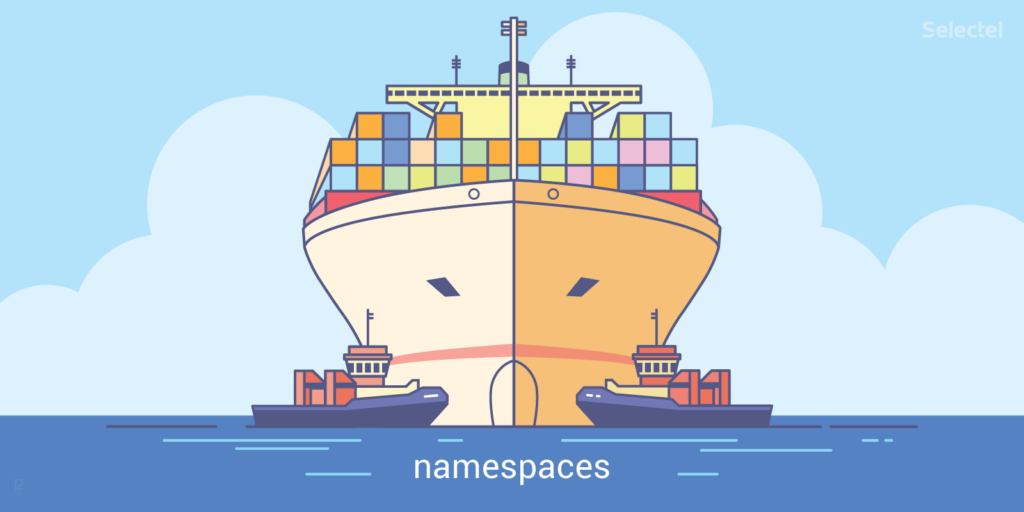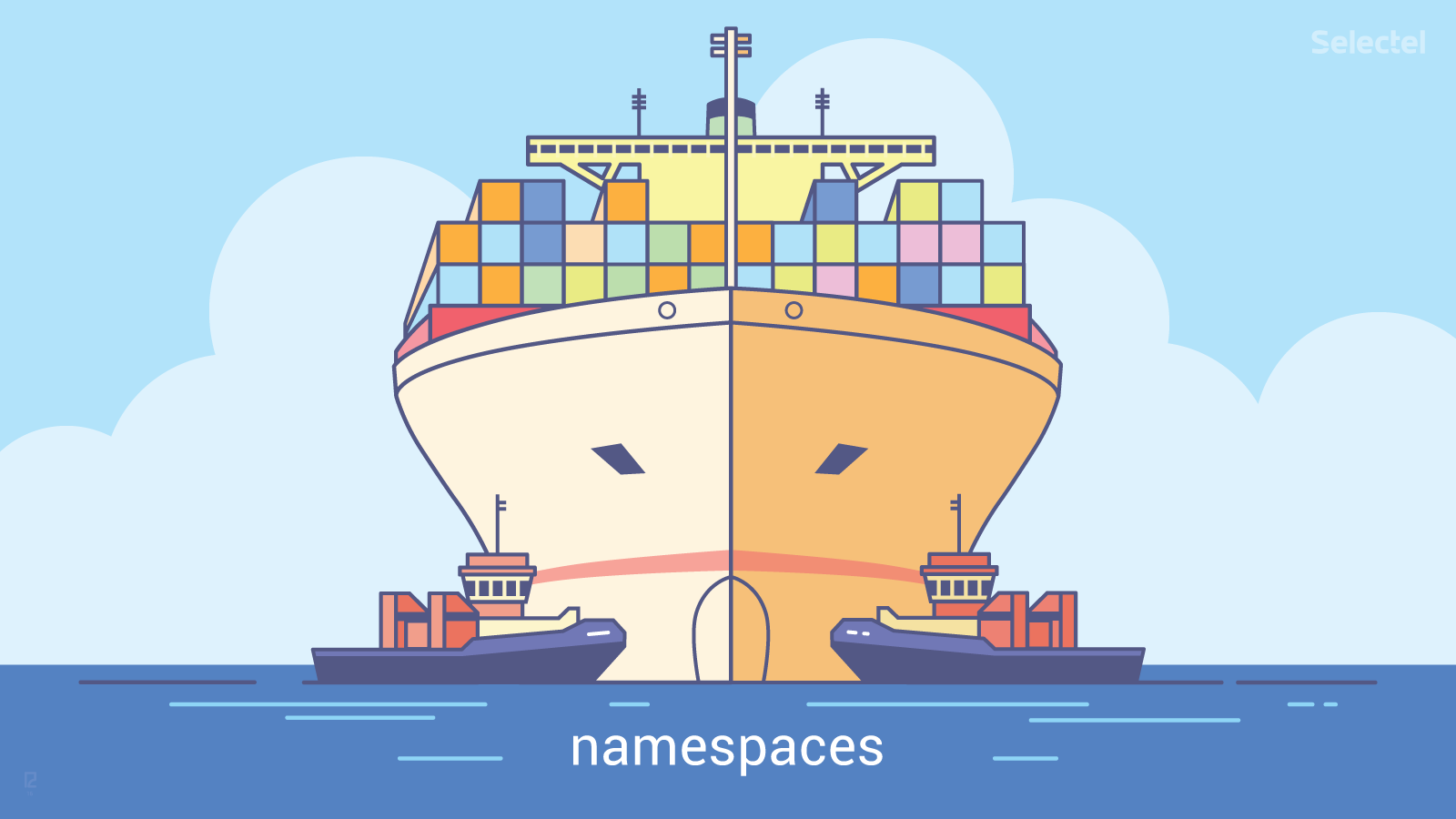
The market today is flooded with offers from different cloud service providers. It’s not just a question of just choosing one service over another; clients firstly consider their business requirements and the relevant tasks.
In this post, we’ve compiled a list of the most important features individuals should look for when choosing their cloud service provider. If the best solution for your business is cloud-based, then please feel free to refer to this checklist before making your final decision.










